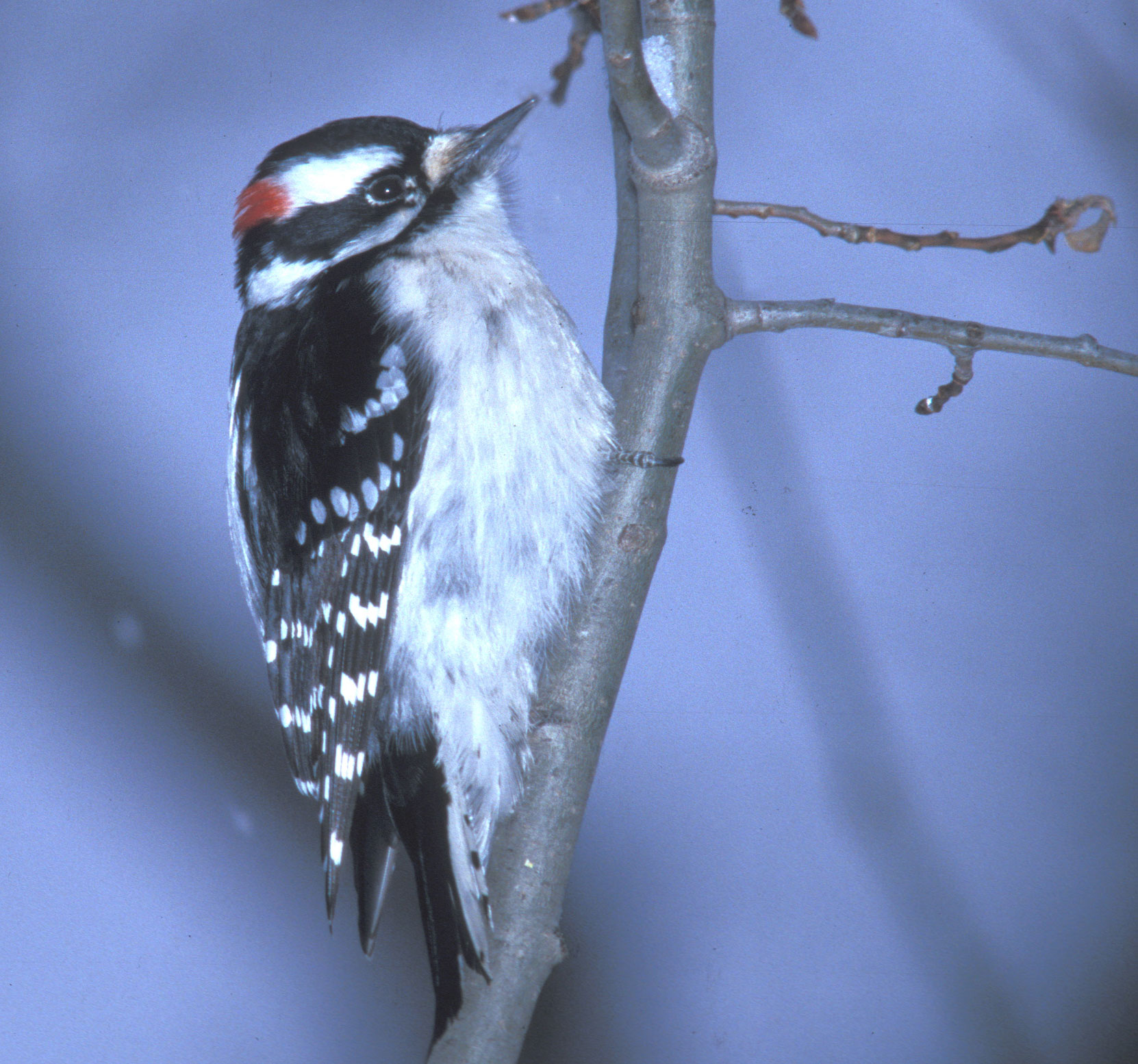Downy Woodpecker Nesting Habits, Acorn Woodpecker Life History All About Birds Cornell Lab Of Ornithology
Downy woodpecker nesting habits Indeed recently has been hunted by consumers around us, perhaps one of you personally. Individuals are now accustomed to using the net in gadgets to view image and video data for inspiration, and according to the name of the article I will discuss about Downy Woodpecker Nesting Habits.
- Downy Woodpecker Outdoor Alabama
- Downy Woodpecker Celebrate Urban Birds
- Art Lander S Outdoors Woodpeckers Are A Kentucky Native Negatively Impacted By Invasive Starling Kyforward Com Kyforward Com
- 8 Wonky And Wonderful Woodpecker Adaptations The National Wildlife Federation Blog The National Wildlife Federation Blog
- Woodpeckers Harmful Birds Or Helpful Insect Eaters Raleigh News Observer
- Downy Woodpecker Life History All About Birds Cornell Lab Of Ornithology
Find, Read, And Discover Downy Woodpecker Nesting Habits, Such Us:
- Https Encrypted Tbn0 Gstatic Com Images Q Tbn 3aand9gcqoxxhfqksqvp R4gq3djgssdzah2fe1qsm8 I6xffuw6dblopm Usqp Cau
- Do Woodpeckers Mate For Life Birdwatching Buzz
- Downy Woodpecker Celebrate Urban Birds
- Downy Woodpecker Celebrate Urban Birds
- Woodpeckers That Nest In Birdhouses 70birds Birdhouse Plans
If you are searching for Chickenpox Vaccine Singapore Cost Polyclinic you've arrived at the perfect place. We have 104 images about chickenpox vaccine singapore cost polyclinic adding images, photos, pictures, backgrounds, and much more. In these web page, we additionally provide number of graphics available. Such as png, jpg, animated gifs, pic art, logo, blackandwhite, translucent, etc.
It takes about 1 to 3 weeks for downy woodpeckers to excavate a nest cavity before laying eggs.
Chickenpox vaccine singapore cost polyclinic. Downy woodpeckers nest in dead trees or in dead parts of live trees. Drumming is a form of non vocal communication used by most species of woodpecker and involves the bill being repeatedly struck on a hard surface with great rapidity. They declare their occupation of the nesting site by patrolling the area drumming on with their bills on twigs littered in the territory.
Nest trees are often deciduous and the wood is often infected with a fungus that softens the wood making excavating easier. A downy woodpecker does not build an actual nest instead preferring to nest in the holes of trees. The female downy woodpecker lays 3 8 white eggs which she will incubate for about 12 days.
Though there are a variety of woodpecker species many of the members of this group share similar mating qualities with a few notable exceptions. They typically choose a small stub averaging around 7 inches in diameter that leans away from the vertical and place the entrance hole on the underside. The downy woodpecker mating habits.
Downy woodpeckers often return to their own nesting site every year. The fledglings will leave the nest in about 18 21 days afterward to go out on their own. Downy woodpeckers excavate their nest cavity in dead wood about 5 50 feet above ground.
Man made bird houses are rarely used as they prefer to nest in trees. The female lays 4 6 white eggs which are incubated by both male and female for about 12 days.
More From Chickenpox Vaccine Singapore Cost Polyclinic
- Biontech Se Adr Rights
- Coronavirus Vaccine News Update
- Pfizer Covid Readout
- Pfizer Covid Vaccine Phase 3 Trial
- Pfizer Covid Drug Trial
Incoming Search Terms:
- Hinterland Who S Who Downy Woodpecker Pfizer Covid Drug Trial,
- Downy Woodpeckers From Egg To Nestling To Fledgling The Zen Birdfeeder Pfizer Covid Drug Trial,
- Downy Woodpecker Whatbird Com Pfizer Covid Drug Trial,
- Downy Woodpecker Mating Nesting Feeding Habits Pfizer Covid Drug Trial,
- How To Get Rid Of Woodpeckers Updated For 2020 Pfizer Covid Drug Trial,
- Do Woodpeckers Mate For Life Birdwatching Buzz Pfizer Covid Drug Trial,






/downy-seed-aced9be8f7f24eb4b11b44ffa5262542.jpg)

